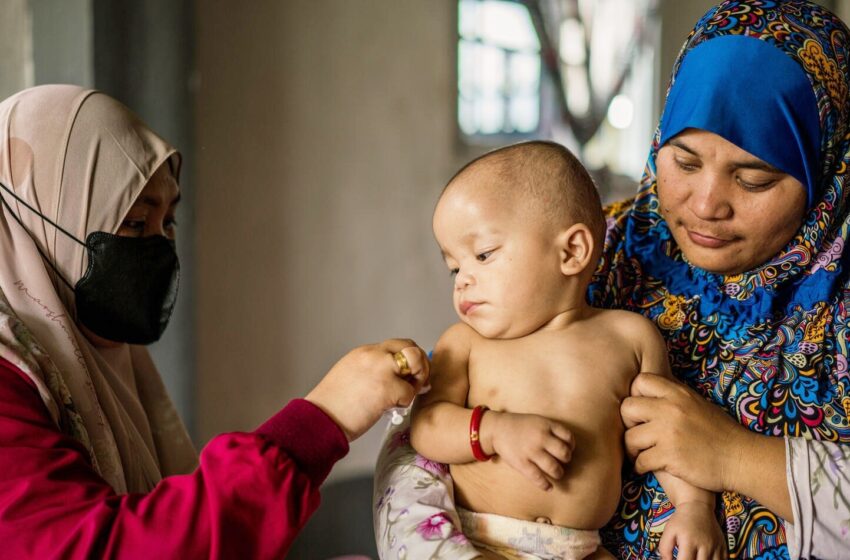
Childhood immunisation rebounds after Covid backslide: WHO, Unicef
Geneva, July 18 (IANS) Immunisation services have shown recovery in many countries, including India, after the historic backsliding caused by the Covid-19 pandemic, yet some low-income countries are lagging, according to a new report by the World Health Organization (WHO) and the Unicef on Tuesday.
However, the report showed that in low-income countries, immunisation coverage still falls short of pre-pandemic levels putting children at grave risk from disease outbreaks.
The data showed that in 2022, 20.5 million children missed out on one or more diphtheria, tetanus and pertussis (DTP) vaccines — used as the global marker for immunisation coverage — compared to 24.4 million children in 2021.
Further, of the 20.5 million children, 14.3 million did not receive a single dose of the DTP vaccine, also called the zero-dose children.
The figure represents an improvement from the 18.1 million zero-dose children in 2021 but remains higher than the 12.9 million children in 2019.
“These data are encouraging, and a tribute to those who have worked so hard to restore life-saving immunisation services after two years of sustained decline in immunisation coverage,” WHO Director-General Tedros Adhanom Ghebreyesus said in a statement.
“But global and regional averages don’t tell the whole story and mask severe and persistent inequities. When countries and regions lag, children pay the price,” he added.
The early stages of recovery in global immunisation have not occurred equally, with the improvement concentrated in a few countries.
Progress in well-resourced countries with large infant populations, such as India and Indonesia, masks slower recovery or even continued declines in most low-income countries, especially for measles vaccination.
Of the 73 countries that recorded substantial declines in coverage during the pandemic, 15 recovered to pre-pandemic levels, 24 are on route to recovery and, most concerningly, 34 have stagnated or continued declining.
These concerning trends echo patterns seen in other health metrics.
Vaccination against measles — one of the most infectious pathogens — has not recovered as well as other vaccines, putting an additional 35.2 million children at risk of measles infection.
First dose measles coverage increased to 83 per cent in 2022 from 81 per cent in 2021 but remained lower than the 86 per cent achieved in 2019.
As a result, last year, 21.9 million children missed the routine measles vaccination in their first year of life — 2.7 million more than in 2019 — while an additional 13.3 million did not receive their second dose, placing children in under-vaccinated communities at risk of outbreaks.
For the first time, HPV vaccination coverage surpassed pre-pandemic levels.
HPV vaccination programmes that began pre-pandemic reached the same number of girls in 2022 than 2019.
However, coverage in 2019 was well below the 90 per cent target, and this has remained true in 2022, with mean coverages in HPV programmes reaching 67 per cent in high income countries and 55 per cent in low- and middle-income countries.
